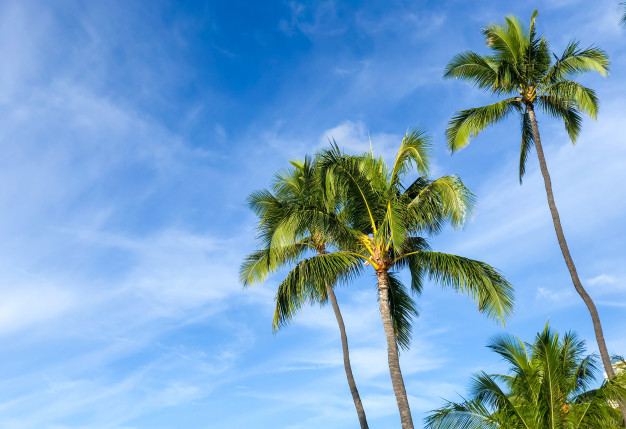The island state of Hawaii is a tropical paradise with different fantastic habitats. From the sandy beaches, the volcanic mountains to its dense rainforests, there are hundreds of species of flora and fauna to be found in them. Its diverse natural habitats are one of the reasons it is a popular tourist destination and one of the priciest places for real estate. One of the fantastic features of this state is the various trees that can be found on it. We look at the various species of trees that you can find on the island.
Almond Tree: This tree is native to the Middle East and Southeast Asia. Given the proximity of Hawaii to these places, it is no surprise to find it growing on it. It is a small tree that grows up to 10m in height with a trunk of about 30cm in diameter. It reaches full maturity within 5-6 years and produces the almond nuts.
Banyan Tree: These trees can be found in different parts of Hawaii, and they are one of the biggest trees in the world in terms of the canopy. Native to the Indian subcontinent, banyan trees can grow to become real giants with their aerial roots forming new trunks once they have a hold on the soil. There are over 50 species of this tree in Hawaii alone. Some banyan trees have so many trunks that it is impossible to identify the core trunk. There is a Banyan tree in Lahaina, Maui, that covers two-thirds of an acre in canopy space.
Banana Tree: This is not a tree in the real sense, it is more of a large shrub, but the popularity of this food plant in Hawaii is what makes it enter this list. There are over 70 species of banana trees in Hawaii, with some growing as high as 9m.
Breadfruit Tree: The fruits of this tree are very delicious and can be roasted or boiled. The tree can grow to be very tall with broad leaves as long as 2ft. Hawaiians use the fruit to make a local delicacy called ulu poi.
Eucalyptus Trees: These fast-growing trees are a good source of hardwood timber and can grow up to 91m in height. It is native to Australia, and since its introduction to the Hawaiian island, there are more than 90 species available. Within seven years, the tree can grow as much as 30m tall, and one of the most popular specie you will find on the islands is the rainbow eucalyptus.
Coconut Tree: Various coconut tree species exist in Hawaii, including the endangered Loulu. Considering the fact that it is a state of islands, the existence of coconut trees is not surprising. As a tourist in Hawaii, you will be enjoying some evening sipping coconut juice while watching the sunset. Some coconut trees can grow as high as 30 meters.
Mangrove Tree: These trees are resilient trees that can grow anywhere, such as brackish water, salt water, or mashes. Mangrove trees collect soil and silt, which enables them to stabilize the shoreline, the sole reason they were brought to Hawaii in 1902.
Hala Tree: This tree can be found in the coastal regions of Hawaii. They are referred to as screw-pine and grow from sea level to as high as 610m. The female species of this tree produces fruits.
For any more information on the different trees in your yard or for trees you may need to remove call Oahu Tree Removal. They can assist you with all your tree maintenance needs and offer you advice moving forward.


